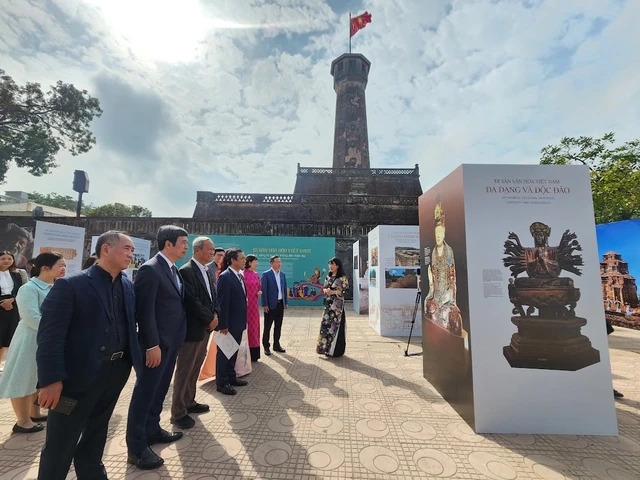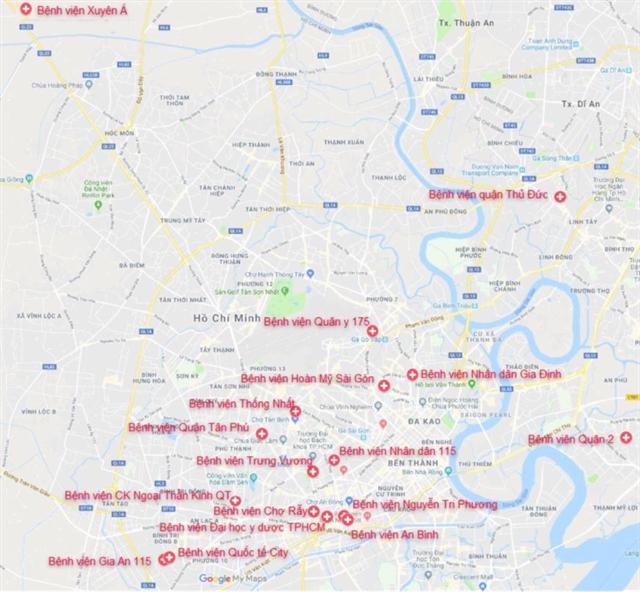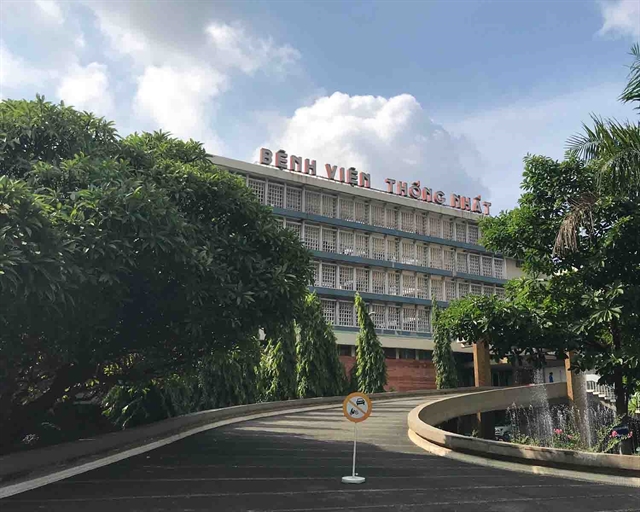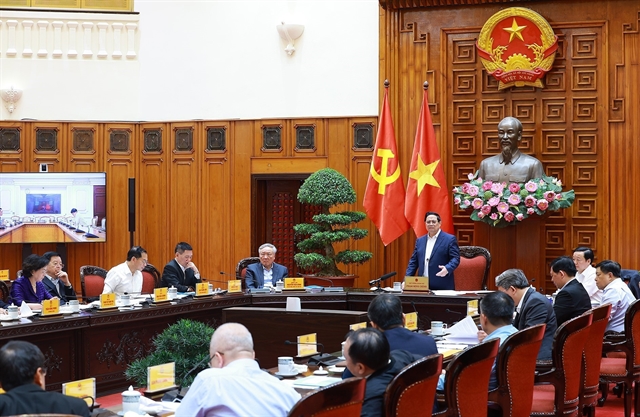 Society
Society

The HCM City Department of Health has uploaded a list of 17 hospitals that have the capability to treat stroke victims on its website.

|
| A map showing the 17 hospitals in HCM City equipped to treat stroke patients. — Source https://www.medinet.hochiminhcity.gov.vn |
HCM CITY — The HCM City Department of Health has uploaded a list of 17 hospitals that have the capability to treat stroke victims on its website.
Several stroke patients have died because they were taken to health facilities that lacked the capability, Dr Nguyễn Huy Thắng, chairman of the HCM City Stroke Association and head of the cerebrovascular diseases department at the People’s Hospital 115, told a recent meeting held to review emergency activities in the city.
The 17 are People’s Hospital 115, University Medical Centre of HCM City, Chợ Rẫy Hospital, Thống Nhất Hospital, Gia Định People’s Hospital, Thủ Đức District Hospital, Xuyên Á Hospital, Gia An 115 Hospital, City International Hospital, Hoàn Mỹ Sài Gòn Hospital, Military Hospital 175, International Neurosurgery Hospital, Nguyễn Tri Phương Hospital, Trưng Vương Hospital, District 2 Hospital, An Bình Hospital, and Tân Phú District Hospital.

|
| Thống Nhất Hospital is in a list of 17 hospitals with the capability to treat stroke victims. — VNS Photo Gia Lộc |
They all have dedicated facilities to treat strokes with two to 140 beds.
Many of them perform vascular intervention and brain surgery and use medication like clot-busting drugs.
The 140-bed Stroke Centre at the People’s Hospital 115 is the largest and is well equipped for treatment. It was the first in Asia to be accredited for meeting the European Stroke Association’s Gold Treatment Quality Standards.
Recently the University Medical Centre became the second.
The People’s Hospital 115 and Gia An Hospital 115 use a RAPID neuroimaging platform to identify stroke patients most likely to benefit from endovascular thrombectomy, a procedure to remove a blood clot under image guidance.
RAPID computed tomography-perfusion and RAPID magnetic resonance-perfusion enable doctors to select acute stroke patients with known occlusion of the internal carotid artery or proximal middle cerebral artery for the procedure.
The rate of patients saved is only 20 per cent because treatment is only effective when carried out within the ‘golden’ six hours after a person gets a stroke, according to the hospitals.
The People’s Hospital 115 admits nearly 1,200 stroke patients every year, but only 19.4 per cent are brought within the critical period.
The University Medical Centre of HCM City admits 100-200 every month, but only 8 per cent come in time.
Thắng said late detection and treatment is the main cause of the high mortality rate.
A stroke is easy to detect: Patients have a drooping face, weakness in the arms and speech difficulties.
Yet many delay going to a health facility, Thắng said.
Most strokes are caused by clots blocking blood flow to an area of brain, and treatment is aimed at removing the clots, he said.
Lê Bảo Huy of Thống Nhất Hospital’s emergency department said time is precious for stroke patients: “Time lost is brain lost.”
Patients, especially seniors, brought to emergency departments should be checked for a stroke and procedures should be performed to remove blood clots as soon as possible, he said.
In Việt Nam, nearly 200,000 people suffer from strokes each year, according to the HCM City Stroke Association.
Seniors are generally at high risk though the rate of people aged below 45 suffering from a stroke has increased to account for nearly 30 per cent now. — VNS




